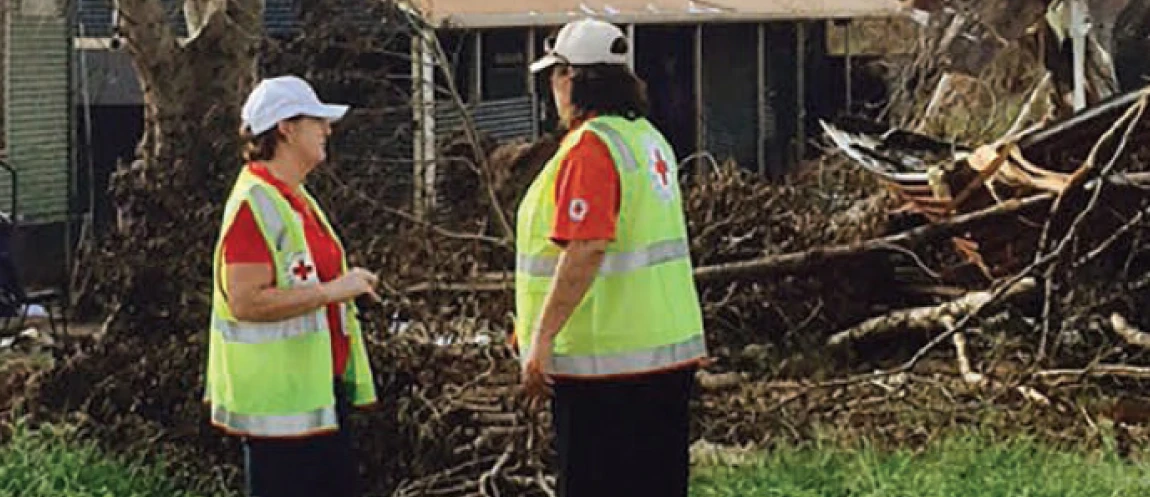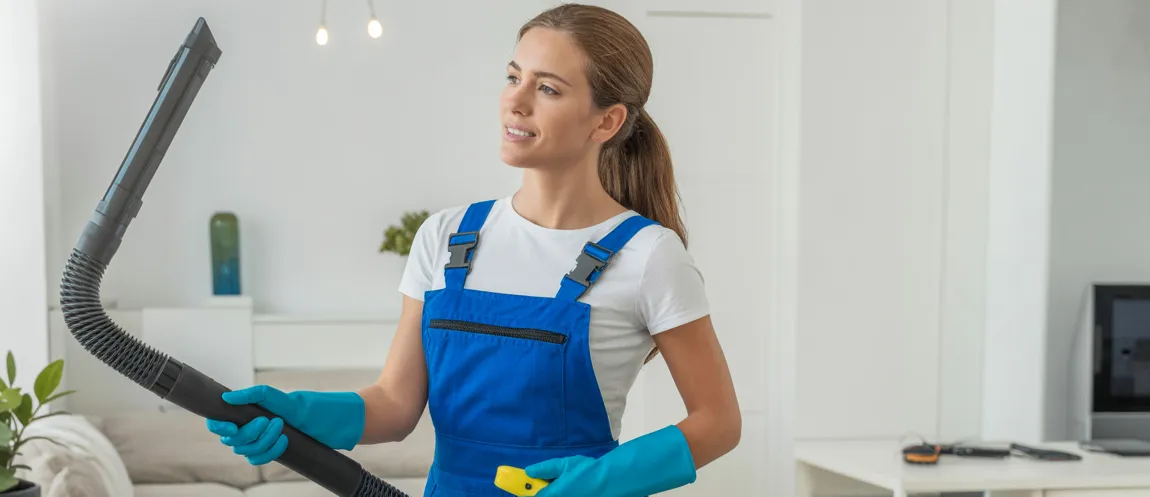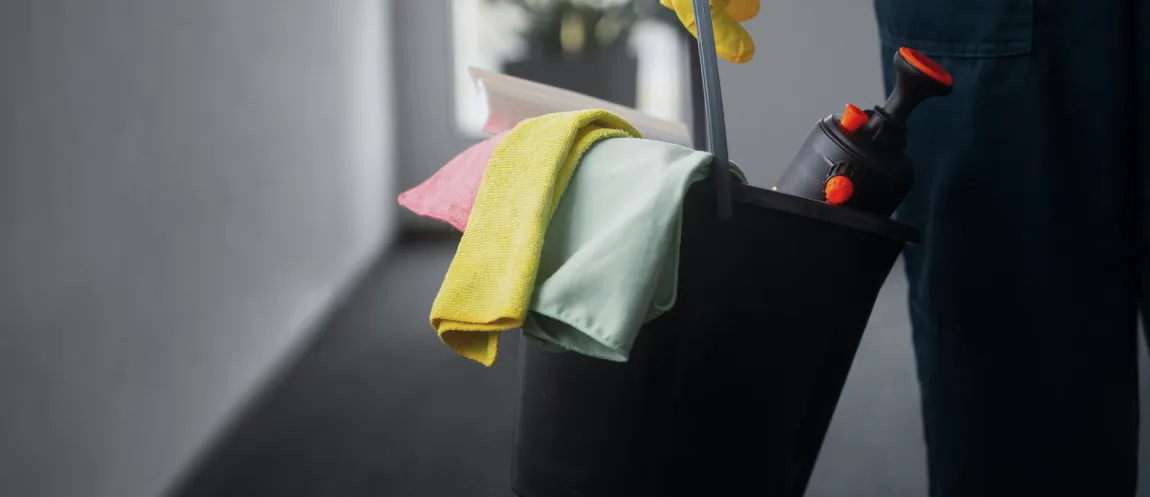When floodwater recedes, it leaves behind more than just a mess, it brings stress, hazards, and hard decisions. From soaked carpets to hidden mold, every part of the home tells a story of water damage. And that story needs a proper ending.
Restoring your space isn’t just about removing water. It’s about reclaiming safety, structure, and sanity. The process requires urgency, care, and the right sequence of steps to avoid long-term issues. Here’s how to dry out, clean up, and truly move on after a flood.
Start With Safety First
Before grabbing a mop or bucket, make sure it’s safe to enter. Floods can damage wiring, compromise foundations, and create biohazard conditions.
What to check before reentering:
- Power supply: Ensure electricity is shut off to avoid shock. Always assume wires may be live until confirmed otherwise.
- Gas leaks: A faint odor or hissing sound could signal danger. If suspected, exit immediately and alert emergency services.
- Structural soundness: Walls, ceilings, and floors might not hold up after saturation. If in doubt, wait for a professional inspection.
Drying Out Is a Race Against Time
Mold begins growing within 24-48 hours. Every hour counts. Ventilation is your first defense. Open all windows and doors, if safe, and use fans, dehumidifiers, and wet vacs to speed up the drying process.
Focus areas:
- Walls and insulation: Drywall and insulation often need to be removed. Moisture trapped inside will breed mold fast.
- Flooring: Carpets and underpads are rarely salvageable. Hardwood floors may warp if not dried quickly.
- Furniture and fabric: Upholstered items, mattresses, and rugs absorb contaminants. Discard anything soaked unless professionally restored.
Cleaning: Don’t Just Wipe, Disinfect
Floodwater isn’t clean. Even if it looks clear, it likely contains sewage, bacteria, and chemicals. That’s why thorough disinfection is crucial.
Use a mixture of hot water and heavy-duty disinfectants or non-ammonia cleaners. Bleach solutions (1 cup bleach to 1 gallon of water) are effective on non-porous surfaces.
Clean methodically:
- Scrub from top to bottom to avoid re-contamination
- Wash walls, counters, appliances, and baseboards
- Disinfect plumbing fixtures like sinks, tubs, and toilets
Sorting and Salvaging
It’s emotionally tough to let go of belongings. But in many cases, it’s the safest move. Items with porous surfaces, like books, cardboard boxes, or stuffed toys, can’t be guaranteed to be clean.
What to toss without question:
- Food, even canned items, touched by floodwater
- Medications and cosmetics are stored low to the ground
- Electronics that were fully submerged
Take photos of everything you discard for insurance purposes.
When to Call in the Pros?
Not every post-flood cleanup situation can be handled solo. Sometimes the damage is deeper than it looks, under floors, behind walls, in the HVAC system. If mold has set in or if contaminated water was involved, it’s time to bring in certified experts.
DLL Cleaning Services specializes in flood recovery that goes beyond surface-level fixes. Their team handles water extraction, mold remediation, and full-scale sanitation with the speed and precision needed when every minute matters.
Need a hand getting back to normal? Let DLL Cleaning Services take care of it, so you don’t have to!
FAQs
What should be cleaned first after a flood?
Start with removing standing water, then dry out all wet areas. Once dry, begin disinfecting hard surfaces like floors, counters, and walls.
Can I keep items that got wet in a flood?
Non-porous items may be safe after thorough disinfection. Anything porous or soft, especially if it can’t be cleaned fully, should be discarded.
How soon should a home be cleaned after flooding?
Cleanup should begin within 24 hours to prevent mold growth and further structural damage.
Is bleach safe for cleaning after a flood?
Yes, bleach diluted with water is effective for killing bacteria and mold on hard surfaces. Never mix bleach with ammonia-based cleaners.
When is professional post-flood cleanup necessary?
Call in professionals if the flooding involved sewage, if mold is present, or if you’re unsure about structural damage or hidden water.




